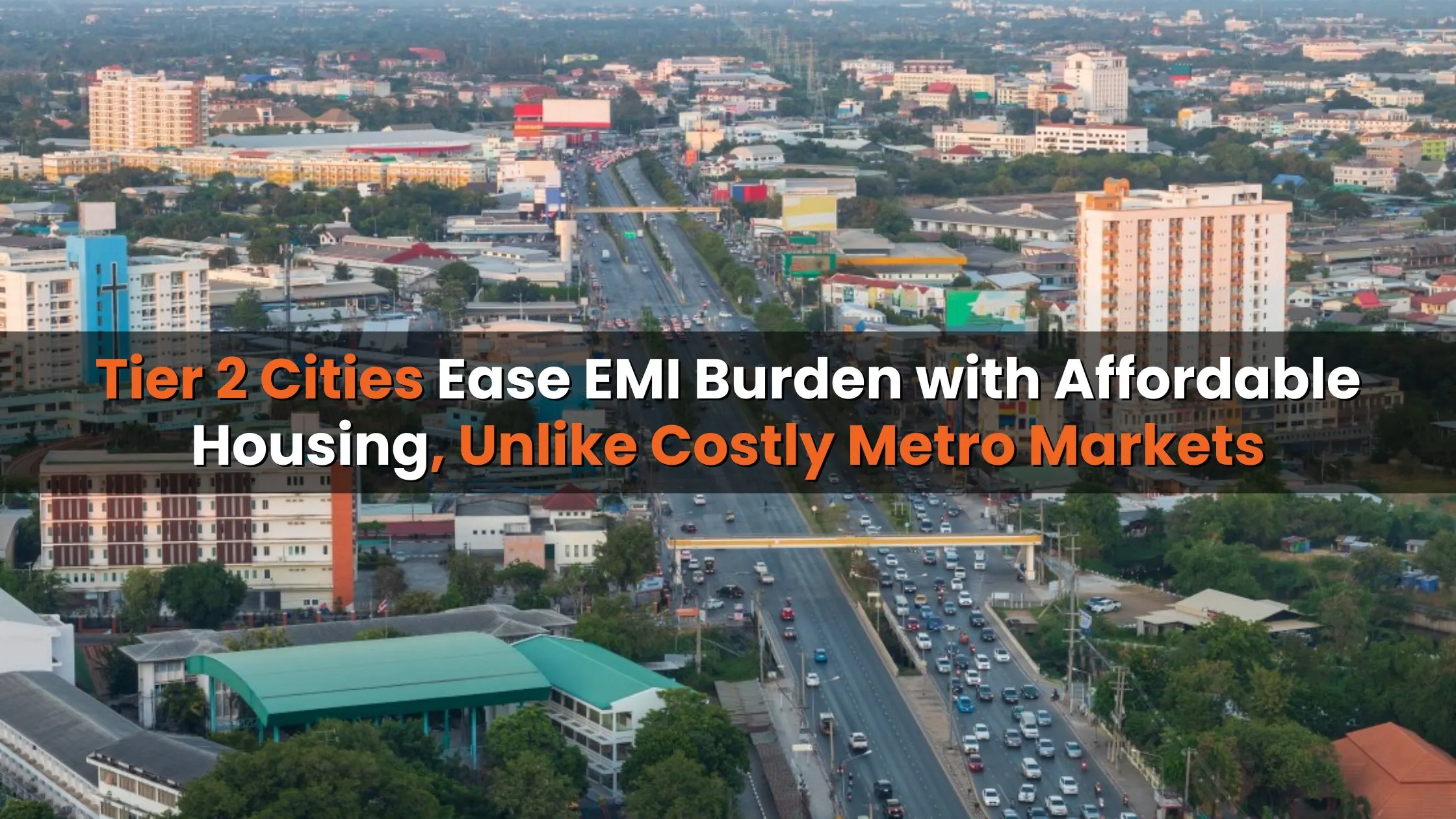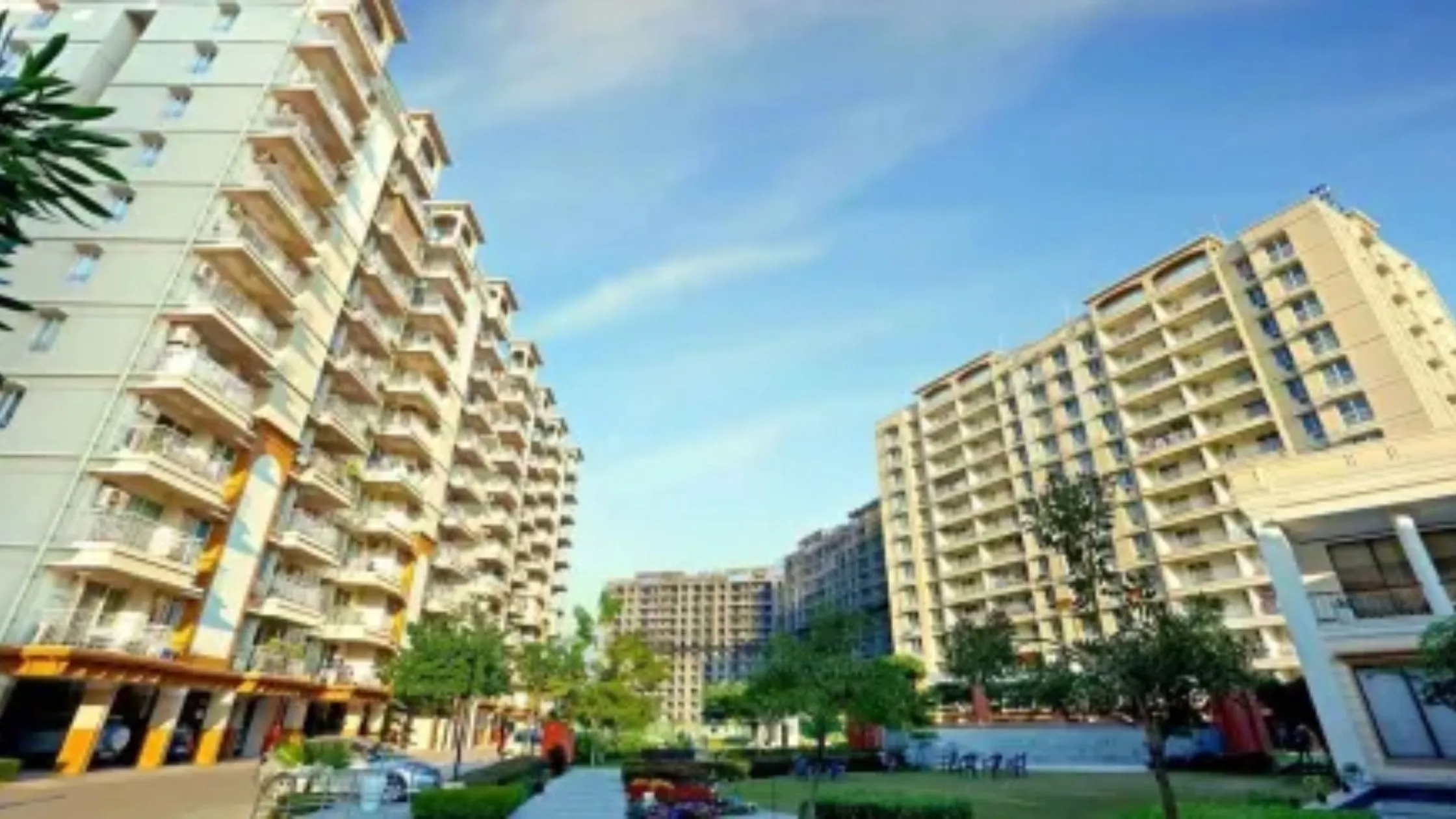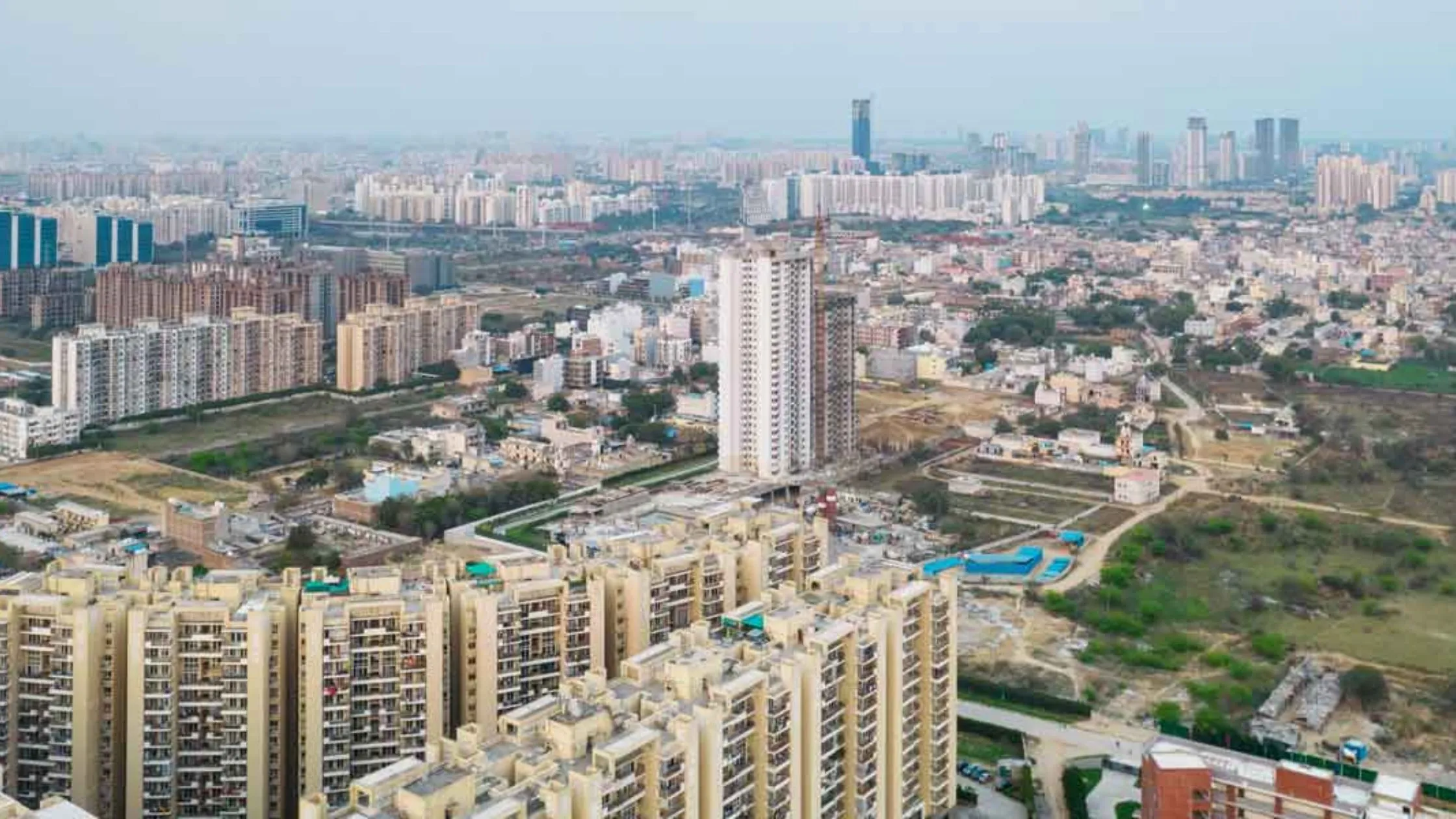Table of Content
Finding an affordable home has become a growing challenge for Indian families, especially in Tier 1 cities like Mumbai, Delhi, and Bengaluru. Skyrocketing property prices, rising EMIs, and daily living expenses have made homeownership a stressful financial burden for many. However, a different picture is emerging from smaller cities. More and more buyers are turning to Tier 2 cities where homeownership is not only achievable but also financially sustainable.
Recent survey data reveals that Tier 2 cities offer affordable housing options that make it easier for families to manage their EMIs, save money, and enjoy a better quality of life. Unlike metro buyers, who often feel the pinch of high costs even after buying a home, Tier 2 homeowners are experiencing greater financial stability and peace of mind.
Metro Cities: High Costs, Low Returns
While owning a home in a metro city is still seen as a milestone, it often comes with a steep price tag. A modest 2BHK apartment in areas like Mumbai or Gurugram can easily cost upwards of ₹1.5 crore even if the building is several decades old and lacks modern amenities. For many middle-class families, such investments eat into monthly budgets, leaving little room for leisure, savings, or future planning.
A recent survey conducted by Home First Finance across 280 households found that 58% of families reporting financial pressure after buying a home were located in Tier 1 cities. The combination of high EMIs, rising maintenance charges, and general living expenses has left many urban homeowners struggling to keep up.
Also Read: Coimbatore Leads as Tier 2 Cities Drive Record Land Deals in H1 2025
Why Tier 2 Cities Offer Affordable Housing Options
One of the biggest advantages of Tier 2 cities is affordability not just in terms of property prices, but across the entire cost of living. From grocery bills to school fees and transportation, expenses are significantly lower than in metropolitan areas. As a result, Tier 2 cities offer affordable housing options that fit within the budgets of middle-income families without the need for extreme financial sacrifices.
Survey respondents from cities like Indore, Lucknow, and Coimbatore shared that they were able to purchase spacious, modern homes while still maintaining their lifestyle. Many families also benefit from being close to local support systems, such as family-run businesses and community networks, which help supplement household income.
Managing EMIs Without Stress
For metro homeowners, EMIs often feel like a burden that limits other life choices. But in Tier 2 cities, homebuyers report that their EMIs are manageable and aligned with their monthly earnings. In fact, 50% of Tier 2 respondents in the Home First Finance survey said their household income increased after purchasing a home. Another 56% saw a rise in their monthly savings.
This financial flexibility allows families to spend on things that matter whether it’s their children’s education, a family vacation, or healthcare. Many buyers even said they were able to invest in leisure and long-term goals without compromising their financial stability.
Mental Peace and Lifestyle Benefits
Beyond finances, there’s another equally important advantage: peace of mind. Over half of the homeowners surveyed said they felt a sense of mental calmness after moving into their own home in a Tier 2 city. Freed from the stress of frequent relocations, rent hikes, and landlord restrictions, these families finally experienced the emotional comfort that comes with long-term security.
As one respondent shared, “This home is not just a property. It’s everything we’ve worked for. I no longer worry about where my children will grow up or if we’ll need to move again next year.”
Such testimonials underline how Tier 2 cities offer affordable housing options that support not just financial goals but also emotional well-being.
Empowering Entrepreneurs and Self-Employed Professionals
Homeownership has also empowered self-employed individuals and small business owners. About 63% of survey participants said buying a home gave them the confidence to take calculated business risks. Some even expanded their operations from within their homes something that would be far more expensive or impractical in a metro setting.
With lower fixed costs and a stable residence, entrepreneurs in Tier 2 cities find themselves in a better position to reinvest profits, explore new income streams, and plan for the long term.
Also Read: Bengaluru Real Estate Sees Spike in ₹1–2 Cr Homes by Millennials
The Rise of Tier 2 Cities in India’s Housing Landscape
As remote work, digital infrastructure, and urban development continue to grow in smaller cities, the appeal of Tier 2 locations is only strengthening. Government-backed affordable housing schemes, better roads, and improved public services are encouraging more homebuyers to look beyond the metros.
The shift is clear: Tier 2 cities offer affordable housing options that align with the evolving financial and lifestyle needs of modern Indian families. Whether it’s the reduced pressure of EMIs, the opportunity to grow a business, or simply the peace of owning a home without stress, Tier 2 cities are emerging as the smarter choice for aspiring homeowners.
Conclusion
India’s housing story is changing. While metro cities continue to attract attention, the real opportunities lie in the heart of smaller towns and emerging urban hubs. Tier 2 cities offer affordable housing options that are helping families live better, save more, and plan for the future with confidence.
For those struggling with the realities of metro homeownership, perhaps it’s time to look towards cities where your money—and your peace of mind—can go much further.
Follow AquireAcers Whatsapp Channel to Stay Updated With The Latest Real Estate News








Ans 1. Tier 2 cities offer more affordable housing options, lower cost of living, and better work-life balance. Buyers find it easier to manage EMIs and still save for long-term goals compared to expensive metro markets.
Ans 2. Cities like Indore, Coimbatore, Lucknow, Mysuru, and Jaipur are seeing rising demand due to infrastructure upgrades, availability of affordable homes, and improved quality of life.
Ans 3. In metros, high property prices lead to higher EMIs, often straining monthly budgets. In Tier 2 cities, housing costs are lower, making EMIs more manageable and aligned with household incomes.
Ans 4. Not necessarily. Many new developments in Tier 2 cities offer modern amenities, spacious layouts, and good infrastructure often at a fraction of metro prices.
Ans 5. Yes. Affordable homeownership in Tier 2 cities allows entrepreneurs to reduce fixed costs, invest in business growth, and work from home more feasibly than in metros.
Ans 6. Yes. Everything from groceries and rent to school fees and transport tends to cost significantly less, helping families maintain their lifestyle and boost savings.
Ans 7. According to survey data, 56% of Tier 2 homeowners reported increased savings, and 50% saw a rise in household income post-homeownership due to stable living costs and improved financial planning.
Ans 8. Absolutely. Government-backed initiatives like PMAY (Pradhan Mantri Awas Yojana) are actively being implemented in Tier 2 cities, helping first-time buyers with subsidies and lower down payments.